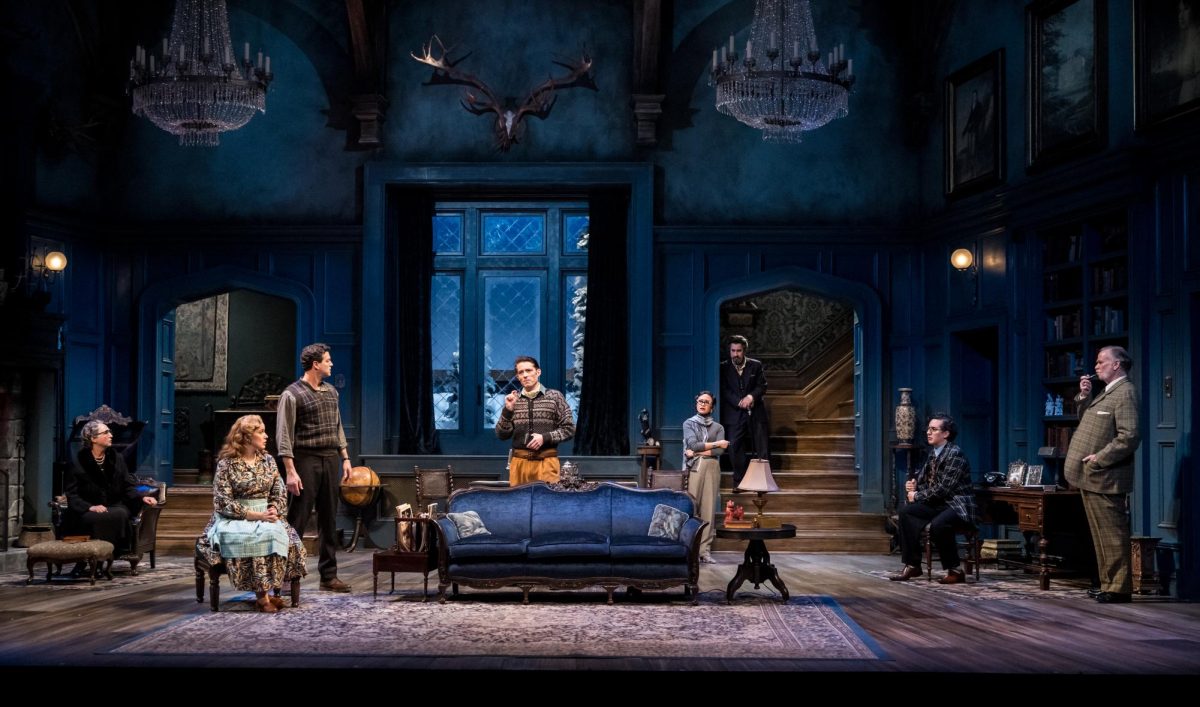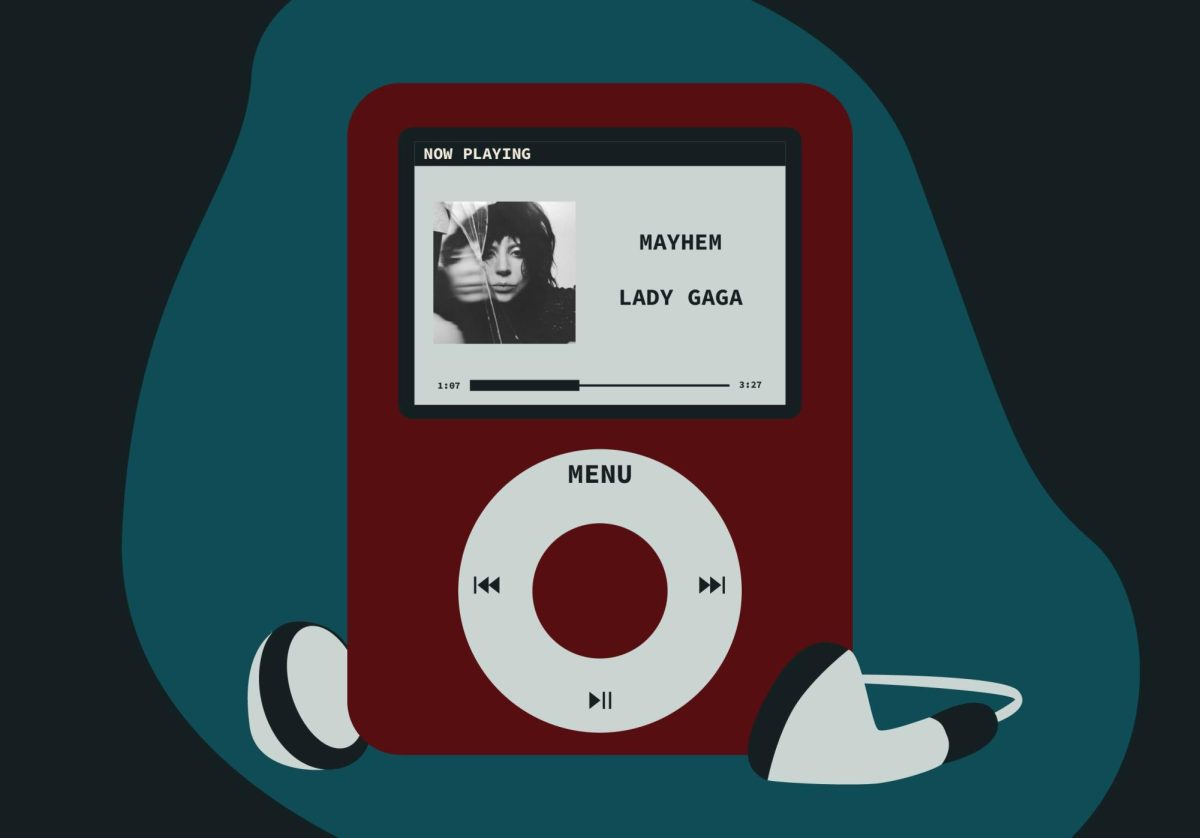It began in 1976 on a trip to the Soviet Union. Lyndel King, now curator of the Weisman Art Museum, saw a painting in the State Russian Museum in St. Petersburg.
It was a portrait of a woman in a blue dress and yellow scarf, sitting in a cubist-inspired forest. King was fascinated.
Years later, King received a call from the director of the Foundation for International Arts and Education asking if she’d like to help pick the artwork for a traveling exhibit of Russian art. She immediately agreed.
“I took three trips to Russia to decide what to put in the exhibit,” King said. “This is a period of time that’s unfamiliar to many Americans, so we designed a smaller, more intense exhibit.”
Fittingly, King included Nathan Altman’s “Portrait of Anna Akhmatova,” the painting she saw almost 30 years ago.
“Mir Iskusstva” translates to “World of Art.” It was a movement that revolutionized Russian art forms. Music, literature, theater, visual arts and dance were created as “art for art’s sake.”
It was an age of beauty, an age of discovery, an age of expression. And, for the first time, the masterpieces of this period are in the United States.
“Why should we bring a Russian art exhibit to America? Why not?” said professor emeritus of history Stephen Feinstein. “Russia has been off the map since the collapse of the Soviet Union, and it’s important to have an idea of this period in Russian history and culture.”
This is the fifth Russian art exhibition for the Weisman and its predecessor, the University Art Museum. But the University is one of only three locations in the country to host this particular exhibit. It first stopped in the Joslyn Museum in Omaha, and it heads to Princeton University after a three-month stay in Minneapolis.
To wander the halls of the Weisman is to see art come alive – to witness a social and cultural transformation.
“It was a time when many forms came together,” said Ann Benrud, public affairs director at the Weisman. “There were all kinds of expressions, from standard portrait settings to cubism.”
The “World of Art” movement ran from the 1890s until the communist regime took control in the 1920s.
“Everything in Russia happened as a revolt,” Feinstein said.
Sergei Diaghilev, founder of the Ballet Russes, was at the head of the movement. What began as an intellectual discussion group became a faction with a wealth of influences. It saw the eruption of the Russian revolution, as well as the entire reign of Nicholas and Alexandra.
Politics were never far below the surface of the arts. The exhibit contains, for example, a portrait of a young count, an innocent-looking boy with his dog. This is also the man who assassinated Grigori Rasputin, an influential member of the court of the Romanov family, 10 years after the portrait was painted.
It was not uncommon for artists to join forces with theater directors, nor was it unusual for a painter to make a living by drawing dancers. There are paintings of costumes for a Tchaikovsky opera, elaborate paintings of ruffled collars and overcoats, embroidered trains and puffed sleeves.
“The arts became integrated,” King said. “Artists created book illustrations, set design for ballets and painted influential people from other disciplines.”
While the exhibit does not look directly at music, dance or literature, it includes paintings of composers, dancers and poets. There’s a portrait of composer Sergey Rachmaninoff, a painting that looks like it’s out of a Chekhov play and another that could be a scene from “Doctor Zhivago.”
Artist Léon Bakst, whose painting of Diaghilev with his nanny appears in the exhibit, also designed costumes for ballet companies.
“The last time the Bolshoi (Ballet) was here, Bakst was credited with the costume design,” Feinstein said.
Music and dance also saw dramatic conceptual shifts. Composer Igor Stravinsky’s “Rite of Spring,” used by Diaghilev’s Ballet Russes, was so unusual in its structure – along with its choreography by Vaslav Nijinsky – that it was said to cause riots inside the orchestra hall at its premiere. The dissonance of Stravinsky’s chords created a spine-tingling, nails-on-a-chalkboard sound that audiences were not prepared to hear.
Nijinksy was soon famous for defying the conventions of classical ballet. The turned-in legs of the dancers and the angular lines were not what an audience expected to see in a 1913 ballet, but Nijinsky’s powerful choreography has served as inspiration for innumerable choreographers who have followed him.
Despite the success of these artists and others like them, the movement died out as artists emigrated out of Russia because of the rise of communism. Their art was considered decadent; it was not the moralistic paintings the government wanted to see.
“These artists had their own idea of beauty,” Benrud said.
In true “World of Art” style, the Weisman hosts numerous related programs. Two dancers from the James Sewell Ballet perform original choreography based on the artwork, students and faculty members from the School of Music play works by Russian composers, and a professor from the University of Southern California presents a lecture on this age of Russian art.
“We need to realize the importance of this art, to see it in perspective,” Feinstein said.
Russia’s tumultuous history, both in politics and art, leads us to question what might have happened if there were no wars, no revolts and no oppression. While we have no answers to what might have been, we can at least discover a short but significant period of Russia’s elegance.
King later learned that the woman in her painting was a poet, a close friend of the author of “Doctor Zhivago,” Robert Bolt. She even began reading the woman’s poetry.
“But l loved the painting before I knew anything about her,” King said, “and the more I learned, the more I loved it.”







